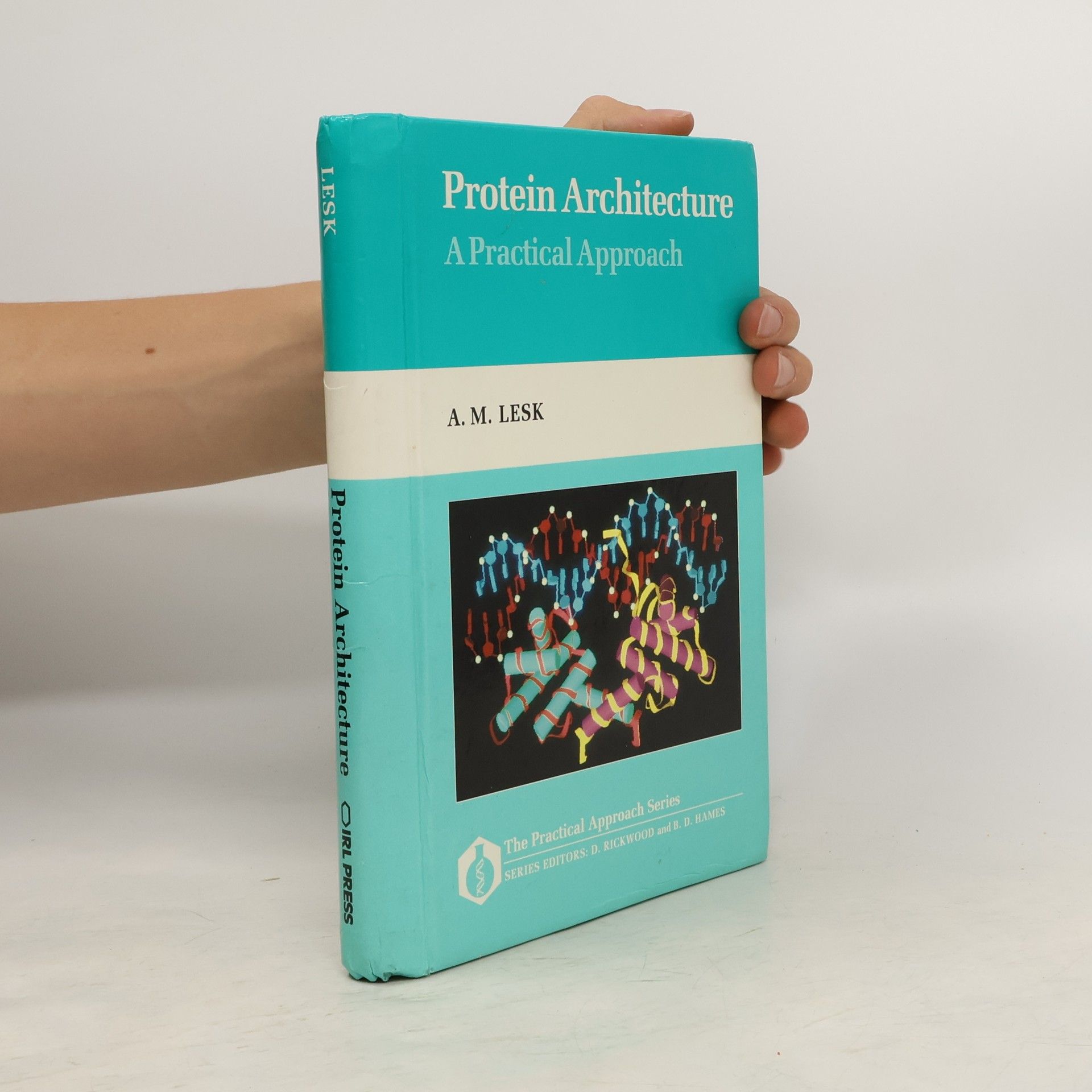Protein Architecture
A Practical Approach
There are several ways to represent the structure of a protein, and sophisticated computer technology has been applied to provide them in visually exciting ways. Technical details of all of the known proteins have also been captured in the Brookhaven Protein Databank. What has been lacking isa manual that describes how to interpret and analyze these exciting pictures, and to understand what they show about the architecture of the protein. This book teaches the reader to look at protein structure diagrams and extract the meaningful information that they provide. It also contains acomplete atlas of all of the protein structures in the Brookhaven Protein Databank. Topics covered ball-and-stick models, shaded sphere models, schematic representations, tertiary structure and protein-ligand interactions, structure determination, and a wealth of information about therelevant computer systems.

